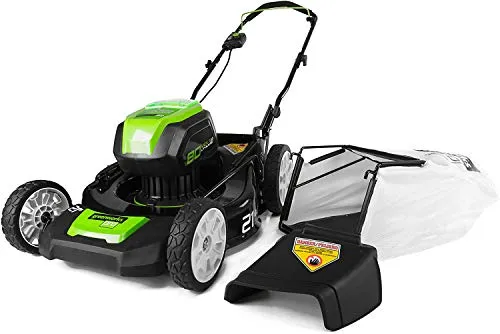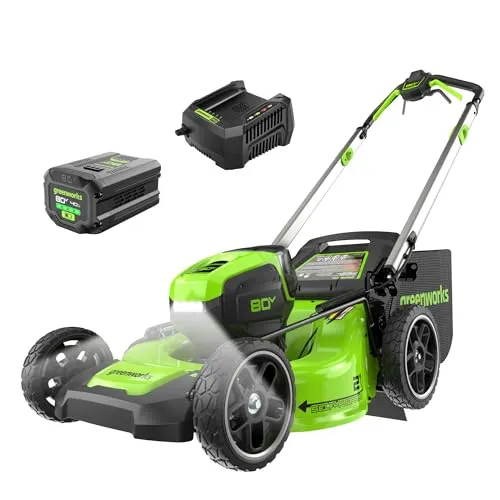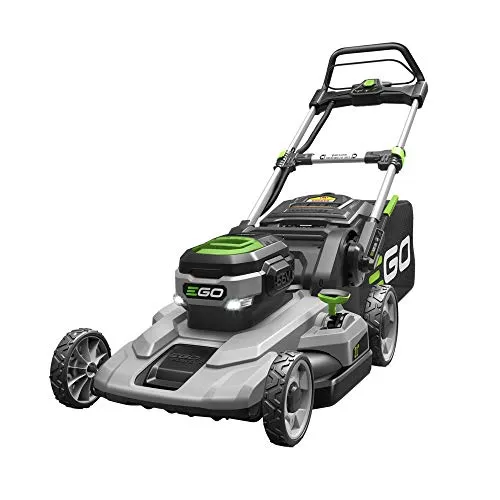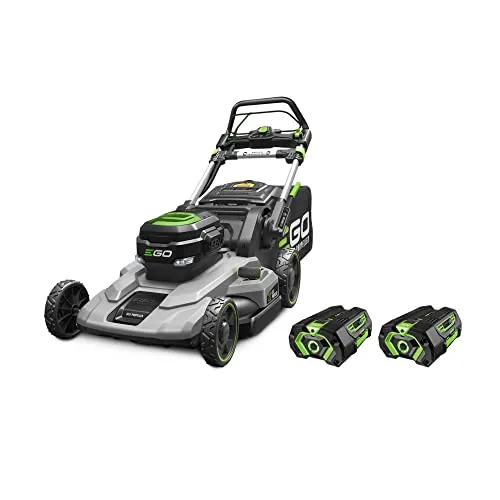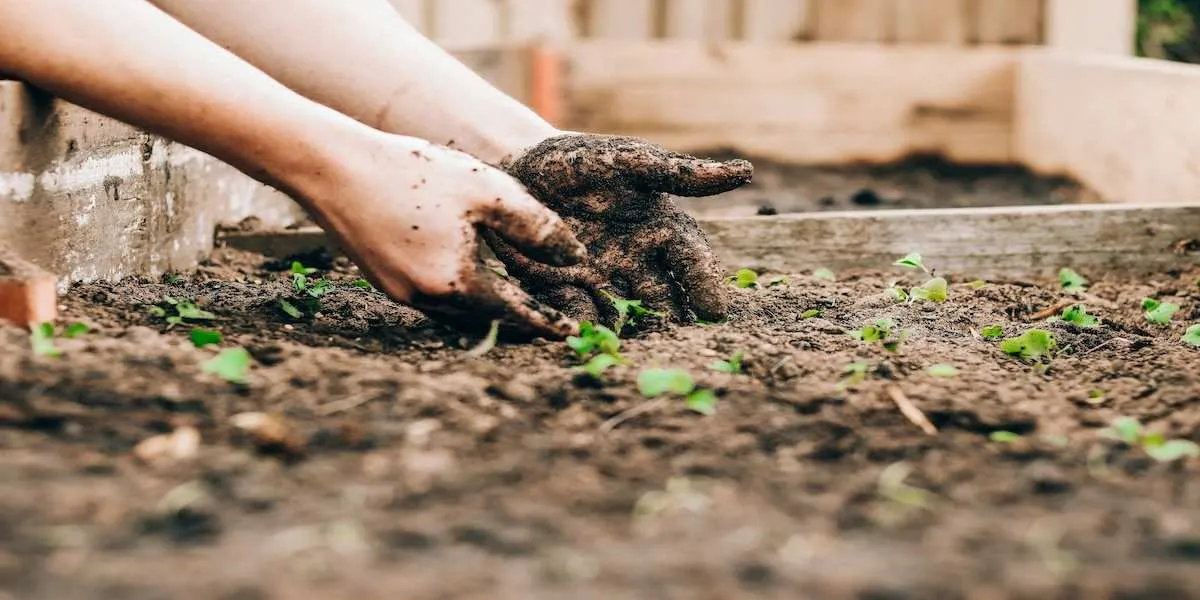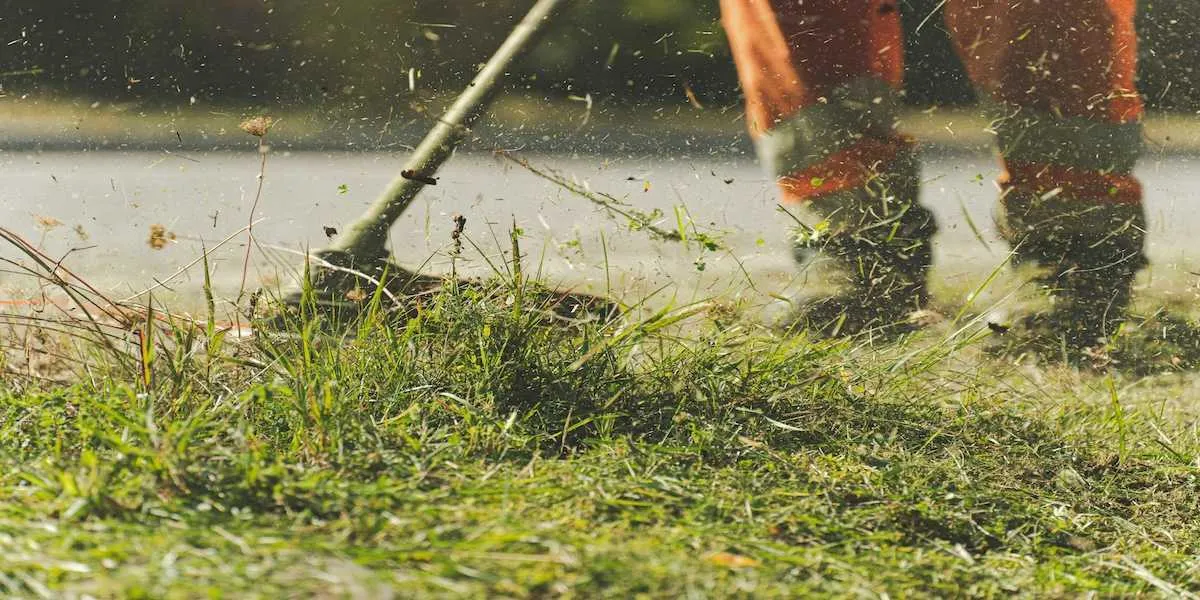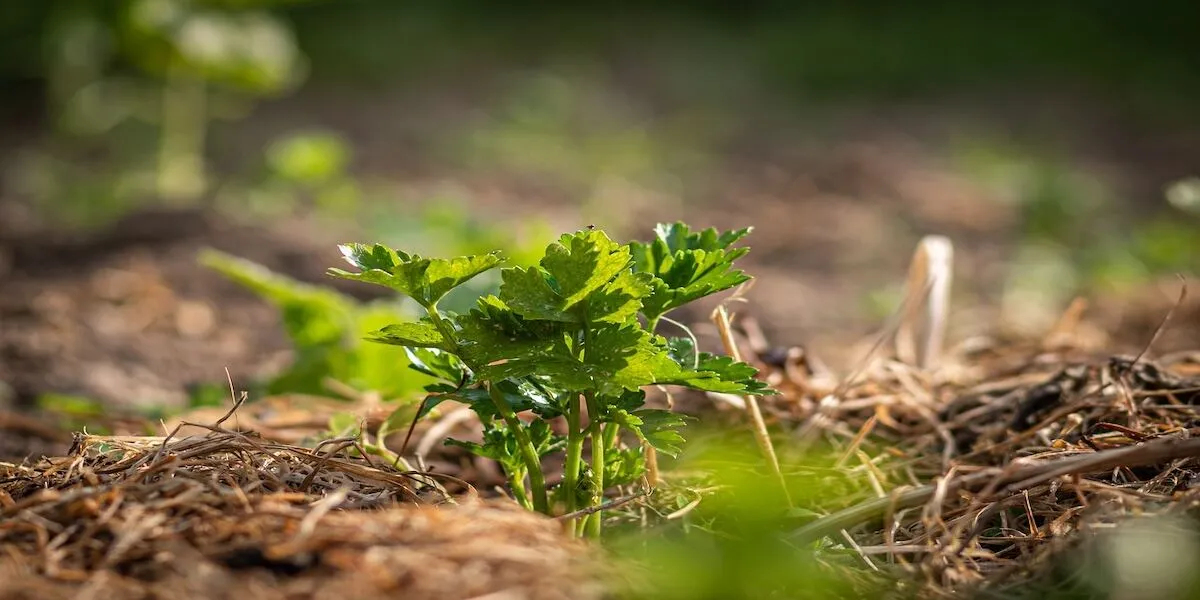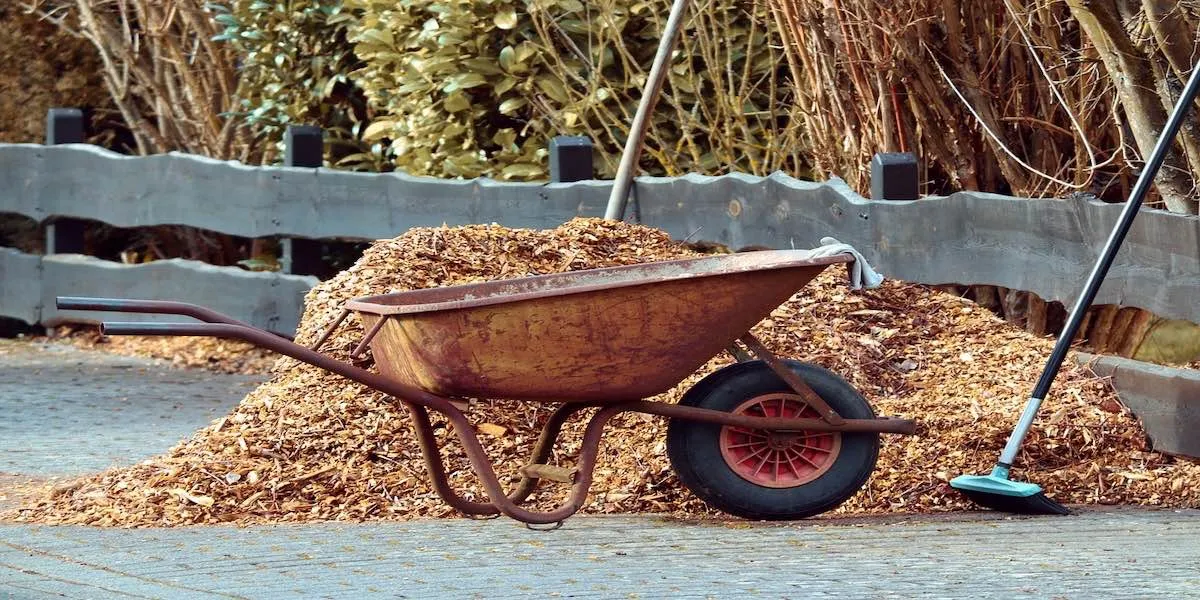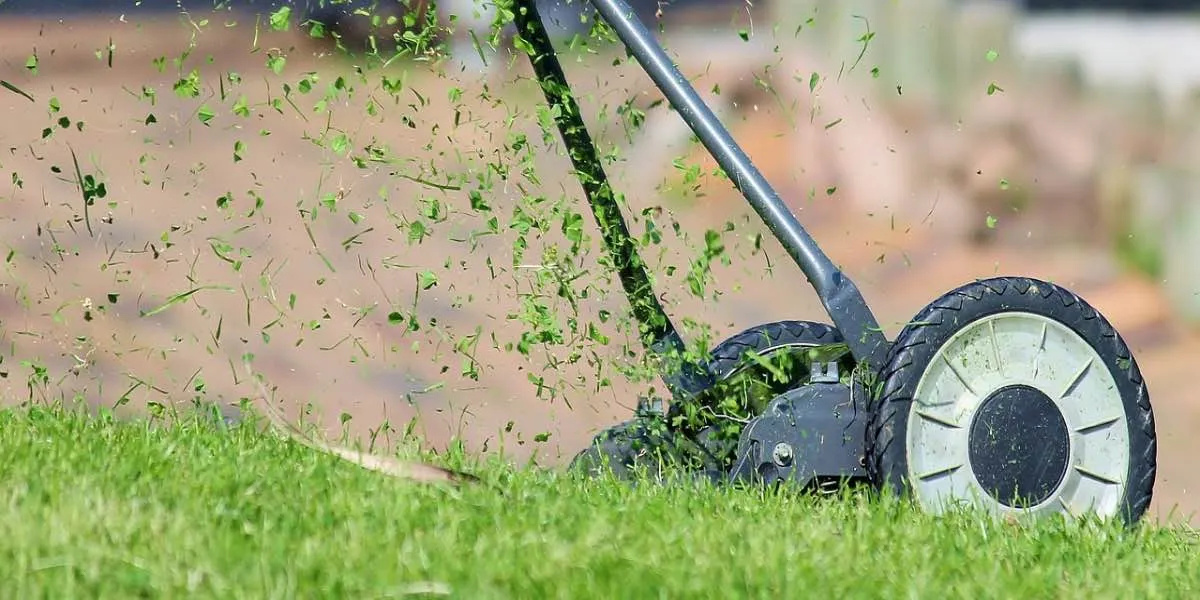Removing Snow: Tips to Protect Your Plants from Snow and Ice Damage

Jeffrey Tung on Mar 21, 2024
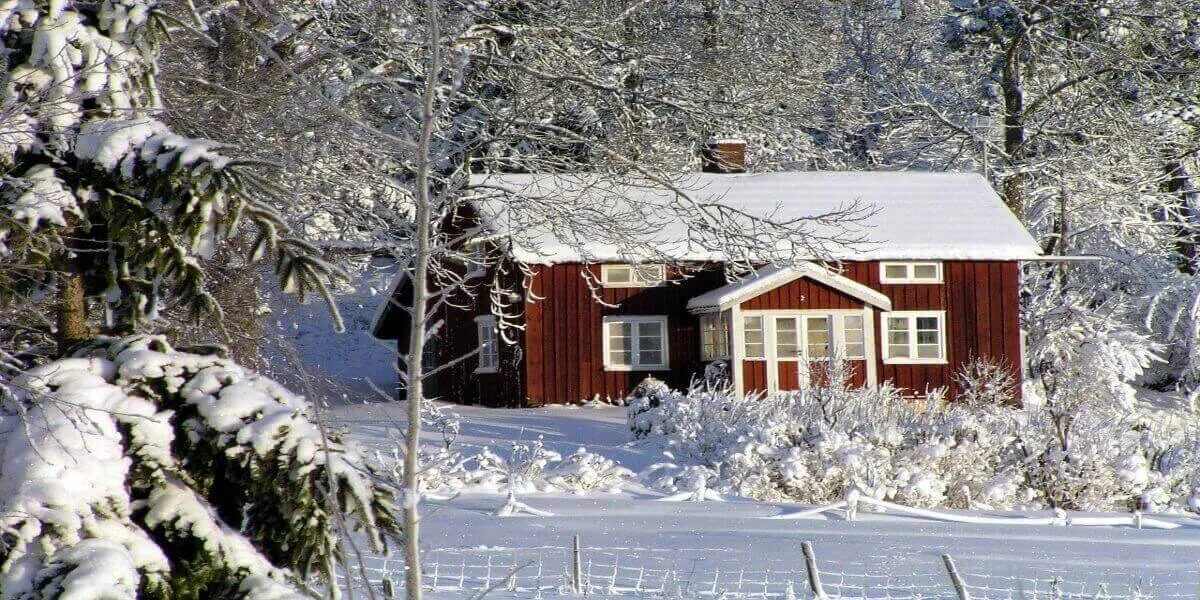
We earn affiliate commissions at no extra cost to you.
As winter blankets gardens with a pristine layer of snow, many gardeners face the dilemma of whether or not they should clear snow or let it be. Many fear their plants won't survive the cold and they'll be left with a barren landscape come spring.
But while it may be instinctive to clear away the snow, there are times when letting nature take its course is more beneficial.
Here's why.
Do I really need to remove snow in my garden?
Contrary to common belief, leaving snow in your garden can offer several benefits. It acts as an insulating layer, helping regulate soil temperature and protecting the roots from cold snaps. This insulation also prevents frost heave, a phenomenon where the repeated freezing and thawing of soil pushes the plants out of the ground and damages their roots.
Besides insulation, snow helps retain soil moisture. As the snow melts, water slowly releases into the soil, replenishing hydration and providing essential nutrients for plants to thrive. This prepares the soil for the drier conditions of the upcoming summer.
Snow can also help anchor plants to the ground, acting as a buffer against strong winds and shielding sensitive plants and foliage from drying out.
In some cases, leaving the snow untouched can be more advantageous to the overall health of your garden ecosystem.
So when is snow removal beneficial?
While there are merits to allowing snow to accumulate, there comes a point when snow buildup becomes too thick, potentially causing damage to plants and structures. In this case, snow removal becomes necessary to prevent structural collapse and the suffocation of plants. If you see your plants getting buried in a thick blanket of snow, consider removing layers of the snow to ensure they survive the winter.
Remember to keep in mind that it's essential to strike a balance between embracing the benefits of snow and knowing when intervention is required.
Which plants benefit from a blanket of snow?
Certain types of plants benefit from a blanket of snow. This includes perennials, bulbs like garlic and tulips, and dormant shrubs. Snow acts as a protective barrier, shielding these plants from the harshest winter conditions and ensuring their vitality when spring finally arrives.
Snow Removal Tips for Your Garden
1. Trim dead branches.
Before snowfall begins, trim any dead or weak limbs from your trees and shrubs. Snow accumulation can weigh down branches and cause breakage and damage to your plants. Pruning also helps maintain the structural integrity of your garden while preventing potential hazards and fungal diseases.
2. Use a broom for snow removal.
Do not shake off snow from branches and delicate plants. Instead, opt for a soft broom or brush to remove the snow. Shaking plants can cause stress and damage, particularly to fragile branches and foliage.
3. Limit your salt use.
Rock salt is commonly used in melting ice. But while it's effective, excessive use can be detrimental to plant life and soil health. Instead of using salt, opt for a chemical ice melt that is less harmful to vegetation. Read the labels to make sure you're using a more eco-friendly option.
4. Leave ice alone.
I know it's tempting to chip away at ice formations, but doing so can harm your plants. Allow the ice to melt naturally. On that note, avoid standing under branches with heavy snow and ice coverings. A sudden gust of wind or pressure can make them fall and hurt you.
5. Don't walk on snow-covered grass.
Walking on a snow-covered ground is fun. But don't do this to your grass, as they are fragile and prone to damage. Excessive pressure can lead to compaction and suffocate the grass beneath.
6. Use snow blowers with caution.
Snow blowers are great for removing heavy snow. Just point them to piles of snow to blow them away. You won't need to exert as much effort, unlike with using snow shovels. However, exercise caution when using them in your garden. Ensure your blower is set to low and directed away from delicate plants to prevent damage.
How do I protect my plants from snow and ice damage?
Snow removal is just one of the many things you have to do to protect your plants in winter. To shield your plants from the harshness of winter, put mulch around your plants. This adds a layer of insulation that helps regulate soil temperature. For more delicate plants, such as young trees or tender perennials, consider wrapping them in burlap. This provides an extra layer of protection against freezing temperatures and drying winds.
Additionally, tying up plants helps prevent breakage from heavy snow loads. Many gardeners tie their trees in a cone shape, which is ideal for effectively shedding snow. Also, do not pile snow on your shrubbery or lawn. If you must do so, spread the snow thinly.
Things to Keep in Mind When Removing Snow
Snow removal can be tedious and heavily taxing. To avoid accidents and injuries, here are some things you need to keep in mind.
- Prioritize safety. Before doing any shoveling or garden maintenance, consult with a doctor first - especially if you have preexisting health concerns. Be careful when walking in paths and driveways to avoid slipping. Put kitty litter or sand to provide extra traction to your walkways.
- Warm up and stretch. Warm up your muscles and do some stretching exercises before venturing out. This will help reduce your risk of strains and injuries.
- Stay hydrated. It may seem like trivial advice but dehydration is quite a common occurrence in winter. Drink plenty of water throughout your task.
- Take plenty of breaks. As previously said, it isn't easy to clear snow. So avoid straining yourself by taking plenty of breaks. It's better to do things slowly than risk getting injured.
- Remove ice and snow during the warmest part of the day to minimize fatigue. Make sure to dress warmly and consider using a snow rake or blower to make your job easier.
Removing snow or ice in the garden requires a nuanced approach. Balancing the benefits of natural snow insulation with the need to protect plants and structures from excessive buildup is crucial. By understanding when to intervene, you can ensure the health and vitality of your garden throughout the winter months and prevent susceptible plants from getting snow damage.
Embrace the snow and let it work its magic, but know when it's time to lend a helping hand.

